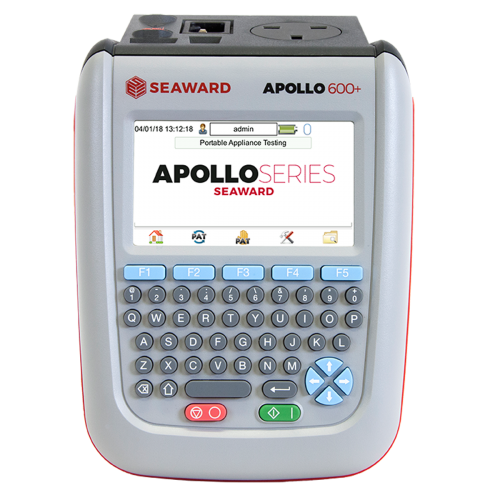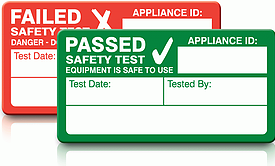
What is PAT Testing & why should I get my electrical items checked?
Portable Appliance Testing (PAT) is the term used to describe the examination of electrical appliances and equipment to ensure they are safe to use. Most electrical safety defects can be found by visual examination but some types of defect can only be found by testing. However, it is essential to understand that visual examination is an essential part of the process because some types of electrical safety defect can’t be detected by testing alone.
What are the legal requirements for PAT Testing?
The UK Provision and Use of Work Equipment Regulations 1998 (PUWER) states at Regulation 4(1): “Every employer shall ensure that work equipment is so constructed or adopted as to be suitable for the purpose for which it is used or provided.”
The Electricity at Work Regulations 1989 states at Regulation 4(2): “As may be necessary to prevent danger, all systems shall be maintained so as to prevent so far as reasonably practicable, such danger.”
This means that employers (and the self-employed) must ensure that all electrical work equipment is safe, suitable for the purpose and properly maintained in good order.
The scope of the legislation covers everything from small portable equipment e.g. hand drills to fixed 400 kV distribution systems. The requirements apply to fixed and “hard-wired” electrical appliances (or equipment), such as hand driers in washrooms or ovens in commercial kitchens, in addition to portable and hand-held appliances which plug-in, such as drills or vacuum cleaners, both single and three phase. Different inspection and maintenance regimes are recommended for fixed electrical installations and portable electrical equipment.
For further information on the legalities of PAT Testing, please click here.
What will the test include?

- A Visual inspection of the appliance, flex and plug top – Look for any visual signs of damage or overheating
- Open Each Plug Top – Inspect the fuse and connections and tighten wire connections
- Electrical tests – The appliance is put through a series of electrical tests to ensure that it is properly earthed (Earth Continuity Test, Class 1 appliance) and insulated (Insulation Resistance Test, Class 1 and 2 appliance)
- Labelling – A label is affixed to the appliance indicating whether it has passed or failed as well as additional information including the test date and Appliance ID number assigned to it. Some labels may include a barcode for ease of use during the next inspection.
- Records & Certification – A detailed record is given for each appliance tested as well as an inventory summary & Final PAT Certificate. These records will be made available in an electronic format. (hard copy available upon request)
Pricing
Contact for a bespoke quote.
Areas Covered
I offer PAT Testing and Electrical services within London & North Cornwall and surrounding area. Please don’t hesitate to get in contact via the website form should you require any further information.
